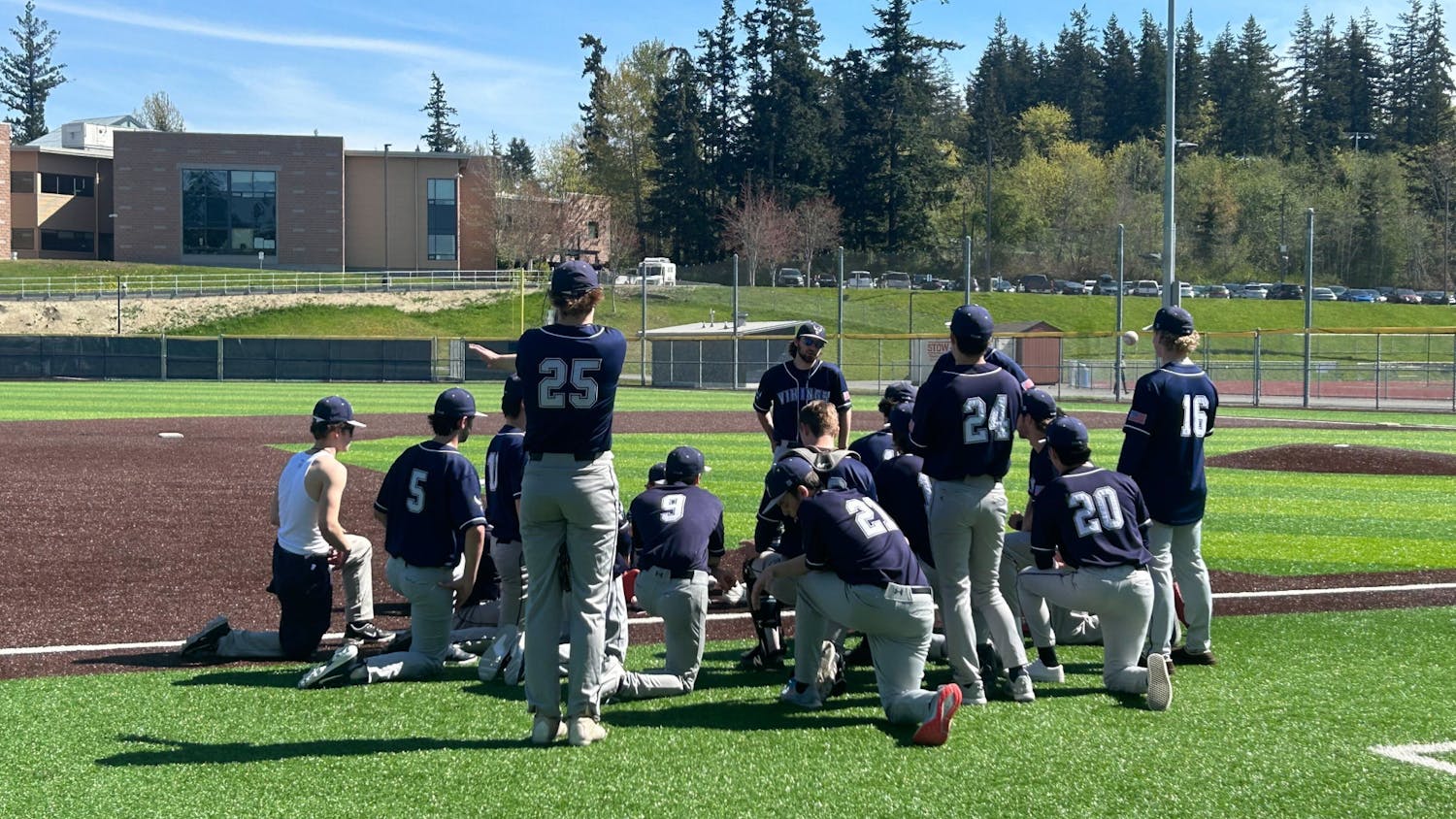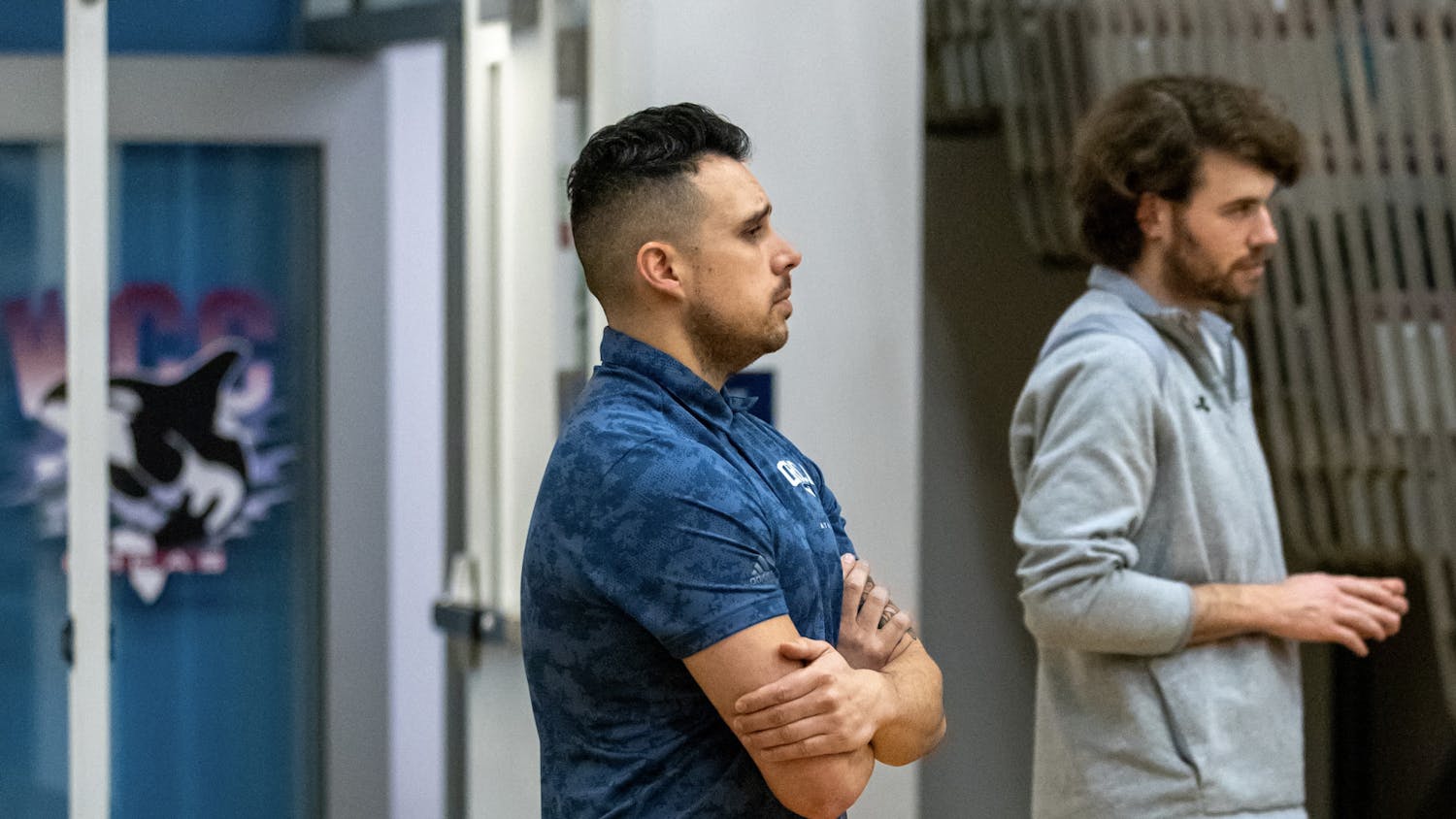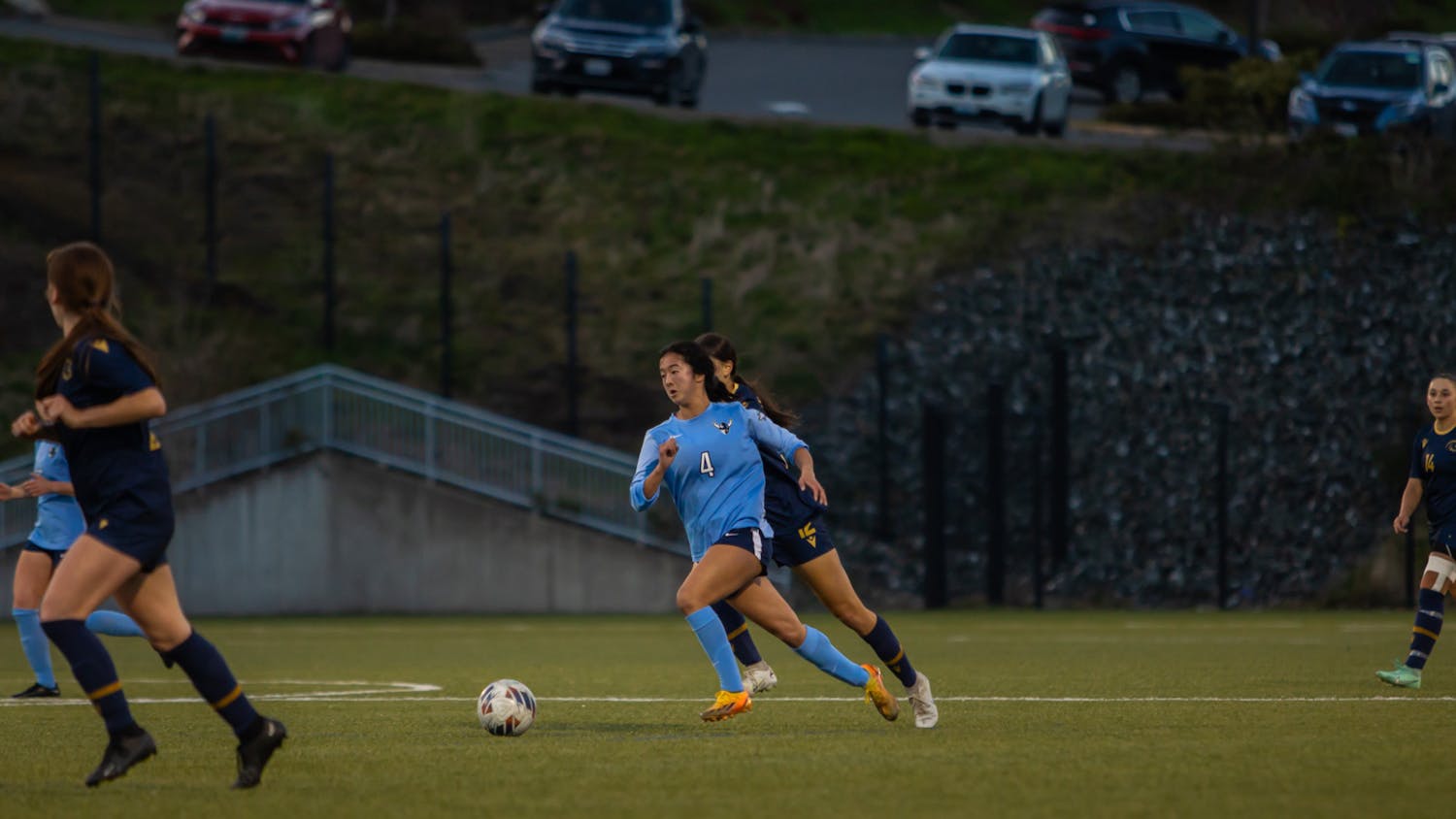Gilmore's successful tenure at Edmonds Community College raises hopes for the future of Western's softball team. // Photo courtesy of Western Athletics
Sheryl Gilmore said she knew from a young age that she wanted softball to always be a part of her life. Now, she is the head softball coach at Western. She grew up playing catch with her older brother, who played baseball through college, and she has fond memories of falling in love with the game herself, she said.
While playing summer ball on a Pacific Little League team in Edmonds when she was in seventh grade, Gilmore remembers a distinct moment when she realized how much she loved the game.
“I just remember being on the field, and the smell of the grass, the smell of the barbeque, and it was my birthday -- it was one of those perfect moments. I remember in my head, I was like ‘this is awesome,’” she said.
Gilmore has returned to Western, her alma mater, as the head softball coach after a successful four years coaching the Edmonds Community College Tritons.
Gilmore earned both a bachelor’s degree in kinesiology in 2011 and a master’s degree in human movement and performance in 2013 from Western. She also taught in the kinesiology department for a while before taking a job at Boeing and then heading to Edmonds to coach the Tritons, she said.
“Bellingham has always felt like home, so it’s really great to be back here,” Gilmore said.
While at Edmonds, Gilmore inherited a program that had only won 12 games in its last eight seasons. She led the team to win 106 games over her four years as head coach. She also led the team to three Northwest Athletic Conference North division playoffs, taking home the regional title in 2018.
Gilmore said that working with her first team at Edmonds really made her fall in love with coaching, and it had nothing to do with how many games they won.
“I’ve never known a group of girls that wanted to get better so badly. We were on the field until the lights went out every night,” she said.
Edmond’s athletic director, Spencer Stark, said Western is lucky to have Coach Gilmore, who he described as a true player’s coach, adding that she always has the interest of her players in mind in every decision she makes.
“[Gilmore] elevated our team to be a place where players want to come and play, and coaches want to come and coach,” Stark said.
Gilmore said she couldn’t have asked for a better group of players to coach for her first season at Western. Seeing their enthusiasm, their energy in the dugout during games and the way they have each other’s back have been some of her favorite moments so far in the season, she said.
A former student-athlete herself, Gilmore recognizes the importance of balancing school work and softball for her players.
“The main reason the girls are here is for their degrees,” she said.
Gilmore said it’s rare for college softball players to go pro and make a living wage from playing softball alone, so she emphasizes the importance of her players needing to be able to go professional in something else in order to support themselves.
Junior Vikings shortstop and second baseman Tamia Hirano played under Coach Gilmore at Edmonds Community College for two years before coming to Western. Hirano initially went to Eastern Oregon University after Edmonds, but transferred to Western winter quarter to play for Gilmore, she said.
“If I could pick anyone to play my last two years with, I would pick her,” Hirano said of Gilmore.
Hirano came to Washington from Hawaii to go to college and play softball, and said Gilmore was instrumental in making her feel welcome and at home. Gilmore would regularly text Hirano and her teammates to check in on them and make sure they were settling in to their new homes and routines, Hirano said.
“Having this job has always been a big dream of hers, and now that she’s here and now that she has the job, she’s just making the most of it,” Hirano said.
Hirano said she is planning on majoring in kinesiology, just like Gilmore did when she attended Western.
Gilmore incorporated her love of softball into her thesis research, which was recently published in The Journal of Strength and Conditioning Research. Gilmore used the Western softball team at the time as her test subjects, she said.
“I knew if I was going to spend hours and hours researching something like you do for your thesis, I wanted it to be something I cared about and that would be exciting to me,” she said.
Gilmore’s paper looks at what is called post-activation potentiation, which is achieved by performing short bursts of muscle contractions before performing a related task so that the second task can be performed with greater power. An example of this is when baseball or softball players use a weighted donut on their bats while warming up on deck so that they can swing with greater power once the added weight is removed for their turn at the plate, according to the article.
Lorrie Brilla, a professor in the Department of Health and Human Development at Western, worked with Gilmore on her research after having her in classes during both her undergraduate and graduate years. Brilla said Gilmore’s research focused on softball players, and she designed a device that would test for rotational bat velocity rather than linear bat velocity, as other tests in the field had done.
Brilla said the article is the first study to be published that uses rotational bat velocity, and that the journal it is published in is one of the best in the field.
Gilmore credited Brilla as the person who really pushed her to pursue her master’s degree, which she said is one of the best decisions she has made in her life. In the master’s program, students are given a take-home final that takes them the whole quarter to complete, and Brilla said she remembers that Gilmore’s final was one of the best she has ever recieved.
Brilla said she was ecstatic to hear that Gilmore was coming back to Western.
“If you look at [Gilmore’s] record at Edmonds, she made a big impact in a short period of time. And I think she’s already making an impact here, and she’s only been here a couple months,” Brilla said. “I’m sure that she will do wonderful things with the program.”
This story was updated on March 6, 2019 to correct the phrase horizontal bat velocity to rotational bat velocity.





